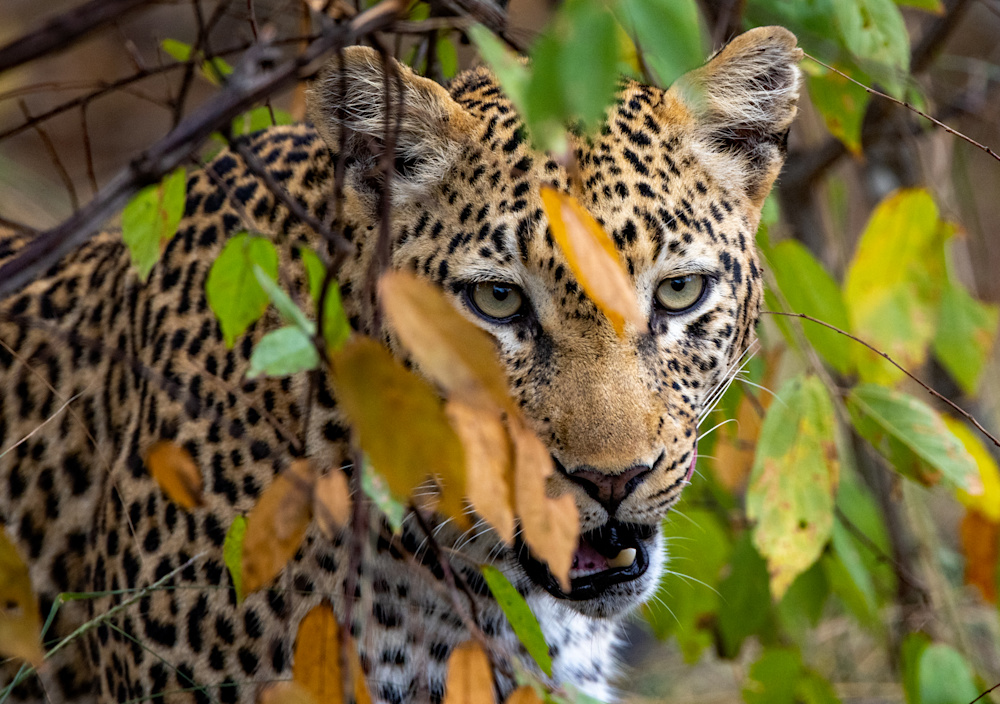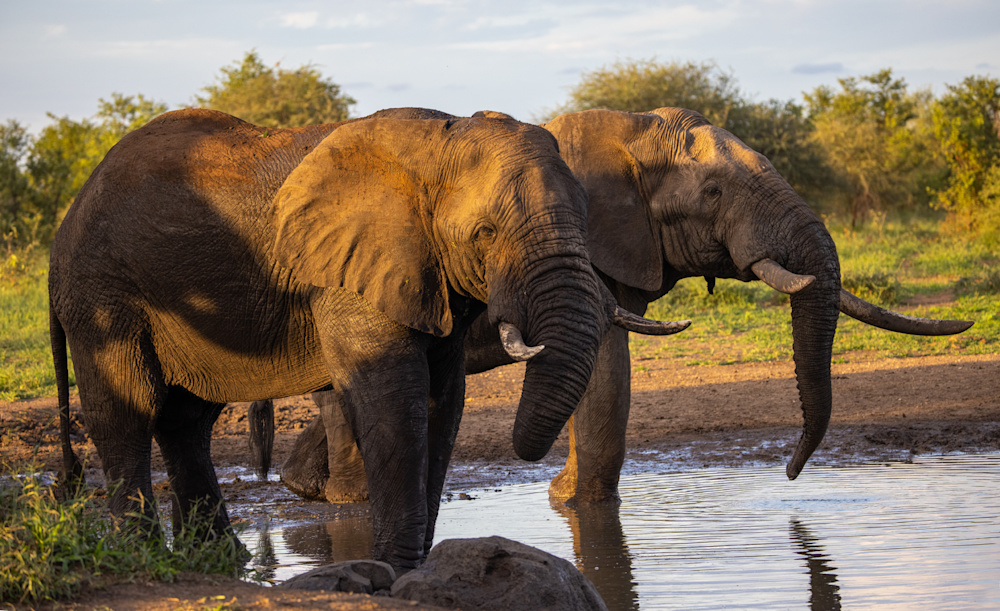July 2024
Singita Pamushana Lodge
Share:
Singita Pamushana Lodge: July 2024
The bushveld has changed to her winter wardrobe of shades of gold and there’ve been some overcast days that we consider cold, but overall we’ve been enjoying glorious high-season sunshine. Thirsty vegetation is sparse, and animals are drawn to waterholes and rivers, making for excellent game viewing. The cooler weather and clearer landscape is now ideal for guided bush walks – one of our favourite activities. Another highlight is the clear night skies, offering great conditions for spectacular stargazing.
A sightings snapshot for July follows:
Lions

Southern Pride: Members of this pride have been spending time around Hwata Pan in the north of their territory. They had a buffalo kill to the east of the pan. It was a treat to watch them feed on the carcass – eating at different times, giving each other the opportunity to feed. There were two lionesses and three males of about six years of age. Between feasting they sat in the shade panting. Afterwards they were seen drinking, full-bellied, at the pan.
Nduna Pride: Three males and two lionesses were seen at Nduna, and two pairs were mating.
In the central area there was a pride of three that killed a buffalo on the eastern side of Banyini.
Leopards
There have been excellent leopard sightings along the West Valley Road and also at the harbour.

Leopard mothers have been seen with cubs, although it is hard to say precisely how many they have as it seems some are shyer than others at showing themselves. Young adult females have been seen, as well as males. On the Hippo Valley side of Chiredzi River a bib male was seen trying to hunt impala.
Wild dogs
The pack of five adults that denned in the south-west have been doing a great job of raising their eight pups. Guests have relished watching the pack, including one occasion when the alpha male was on babysitting duty while the other adults were out hunting.
The larger pack that denned in the north have been seen in that area, on one occasion with pups. In the weeks to come the pups should be running with the pack and then we’ll have a better idea of how many there are.
Hyenas
Hyenas are seen patrolling the roads at dawn and dusk. One individual was seen with wounds on its back legs, so it seems there has been an altercation of some sort.
Rhinos

Rhino Ops have been underway this month, which is when young rhinos are ear-notched to enable scouts and researchers to recognise every rhino individually. Being able to gather information on rhinos at this level of detail ensures that population estimates are accurate and that social dynamics are understood. With this information at hand Malilangwe is confident in sending two more compatible white rhinos to Imvelo's Community Rhino Conservation Initiative. Partnerships like this reinstate rhinos to ranges that they have been extinct from for decades, they awaken awareness of the value of conserving landscapes and species for local communities, and they hedge conservation bets by spreading risk.
Black rhino sightings have been excellent – on one occasion five were seen together. Other sightings have included these curious animals coming to inspect a vehicle from over 100 metres away.
White rhino sightings are guaranteed. Highlights this month were watching a bull fastidiously mark his territory, and seeing a mother with a very young calf.
Elephants

Now is the time of year that elephant bulls turn their attention to trees in order to get enough nutrients. We watched as a lone elephant bull ate from an umbrella thorn that he had pushed over. On another occasion two bulls pushed over a mopane tree to feed on its small soft branches. It was also fascinating to watch two elephant bulls feeding on palm leaves – the way they held the palm leaves with their trunks and then used their feet to help pull the leaves.
The breeding herds have been found along the banks of the Chiredzi River, or at the dams. Following one elephant crossing Binya Road it disappeared into thick bush, then emerged at Sosigi Dam where over 100 elephants had gathered.
Buffalos
A large cloud of dust is a tell-tale sign that a herd of buffalos is on their way to water. Arriving at the source before they do, and getting your own beverage organised, is a great way of enjoying these characterful animals.

Plains game
Now that the vegetation has thinned out and water is scarce, we are seeing a lot of plains game, especially the shyer species such as Lichtenstein hartebeest, eland and sable.
Boat cruise
The cruises are as idyllic as always. A special observation was seeing a fish eagle catch a tigerfish, then flying off with it and perching in a tree. The fish wriggled vigorously in an attempt to escape but the eagle made sure it went nowhere other than down its throat, bit by bit.
Fishing
Despite the cold water there have been some good catches of bream, and a couple of tigerfish landed.
Photographic hide
Sometimes you arrive at the hide and no animals arrive to drink for hours – it could be the weather, or the possibility of predators in the area, or enough water elsewhere, or too much disturbance. But if your luck is in it is the most wonderful spectacle. One of the highlights this month was watching elephants splashing impalas as a way of chasing them away from drinking.

Walks & rock art
It’s the best time to walk, and our walks often incorporate a rock art site or two, or some other impressive feature like a gigantic baobab. A highlight of one walk was coming across an adult female sable on her own, and a closer look showed that she was lactating so probably had a newborn calf hidden nearby.
Daytrips to Gonarezhou National Park
It’s a treat to see the park in her winter colours, dotted here and there with groups of grey in the form of elephant herds.

By Jenny Hishin
Author / Field Guide